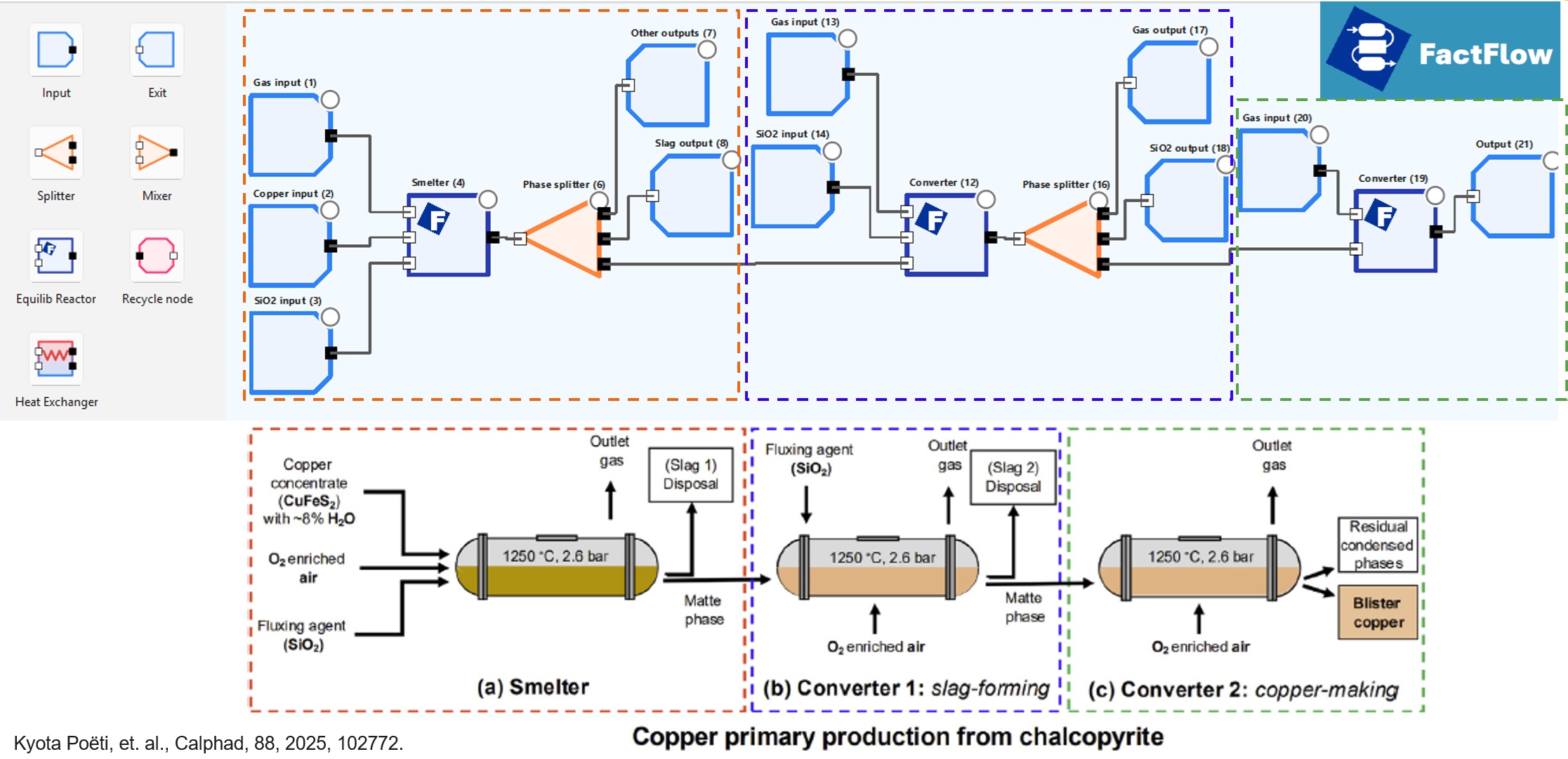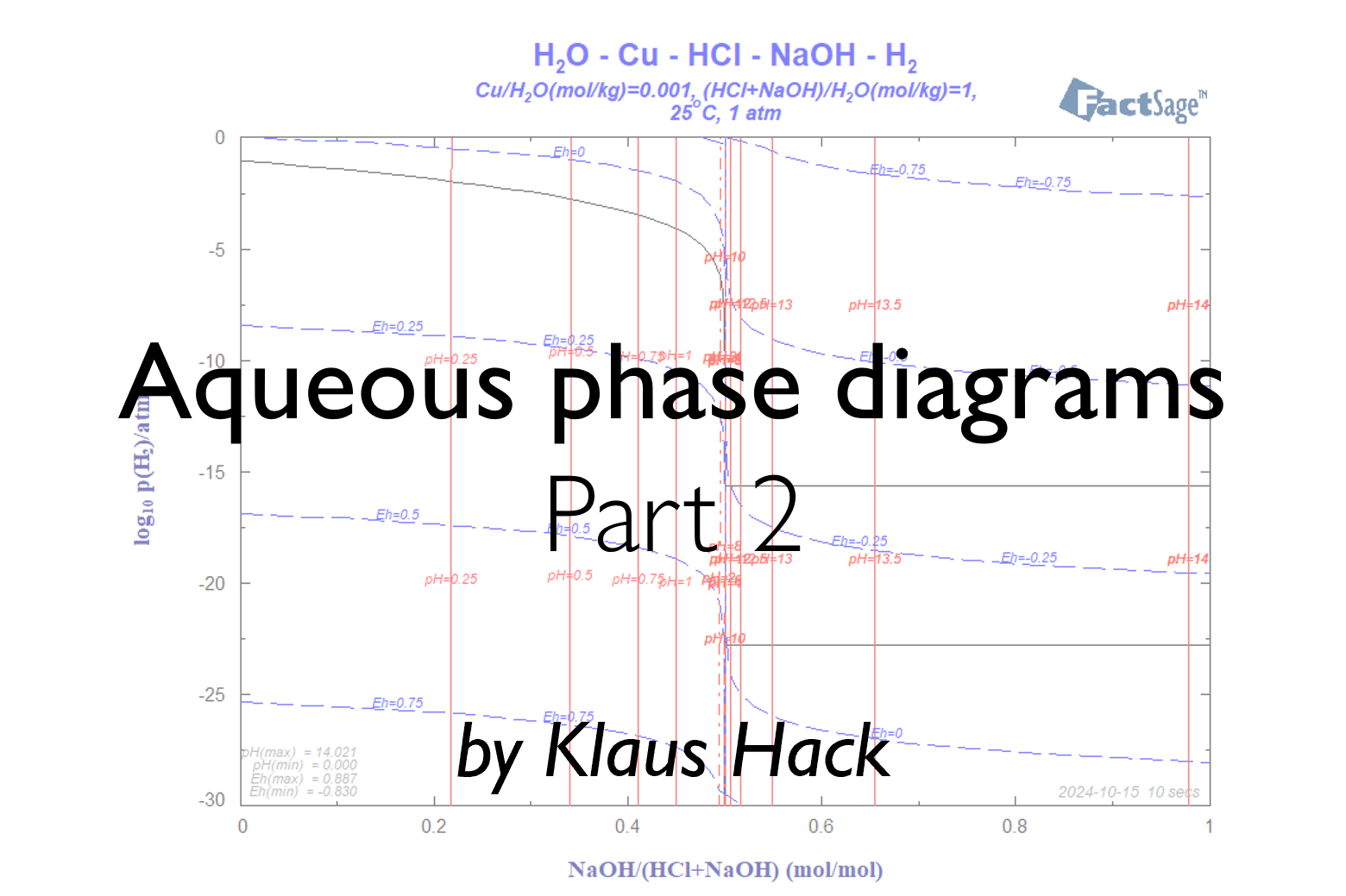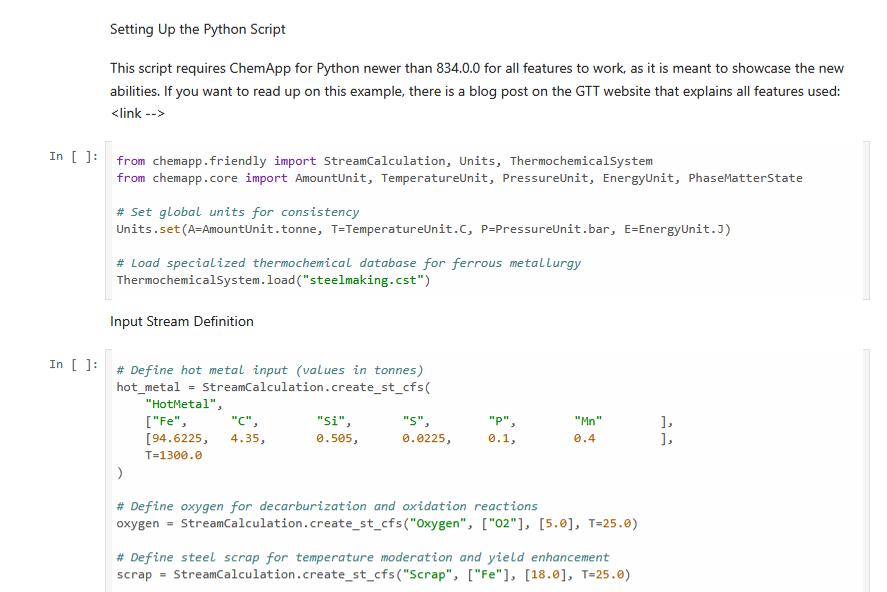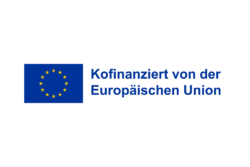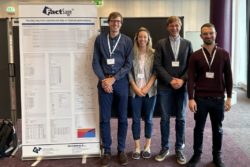Optimizing Copper Extraction: Integrated Pyrometallurgical Modelling with ChemApp for Python – Part I
Introduction Process modelling is a key approach for optimizing industrial operations, delivering tangible gains in cost reduction, process efficiency, and environmental performance. In copper extraction, pyrometallurgical routes consist of multiple interconnected unit operations that must be considered together to understand overall behavior. Using its stream functionality, ChemApp for Python provides rigorous thermochemical calculations that allow […]

